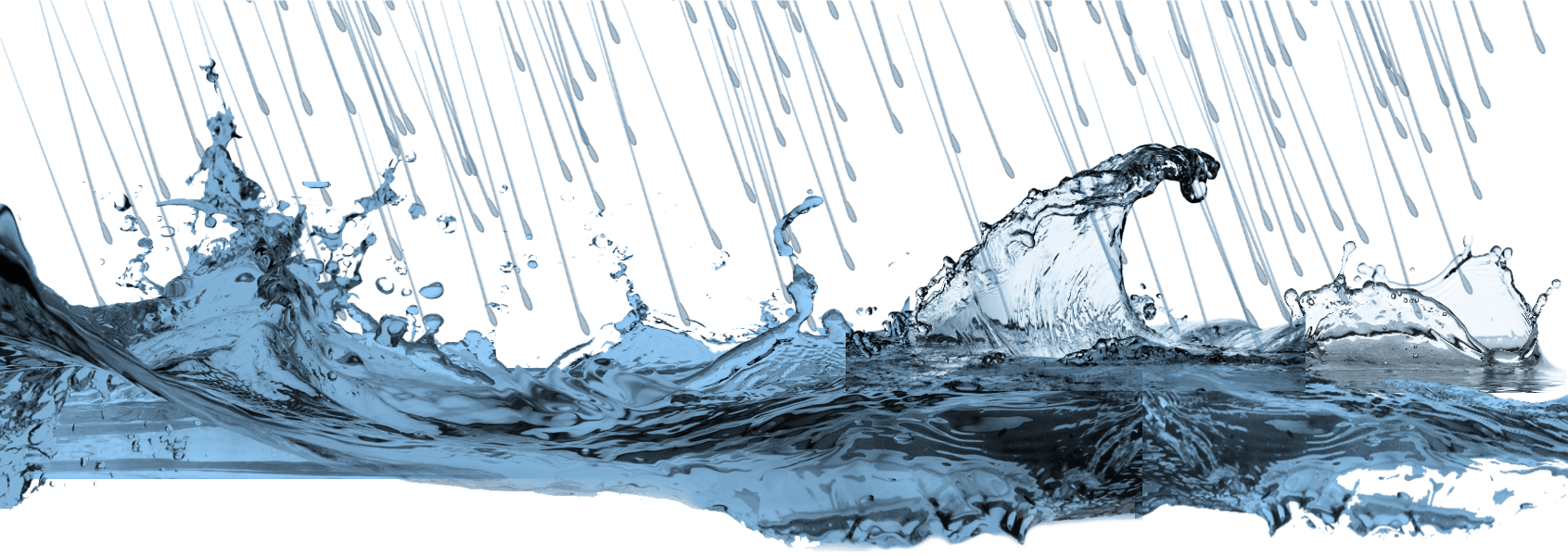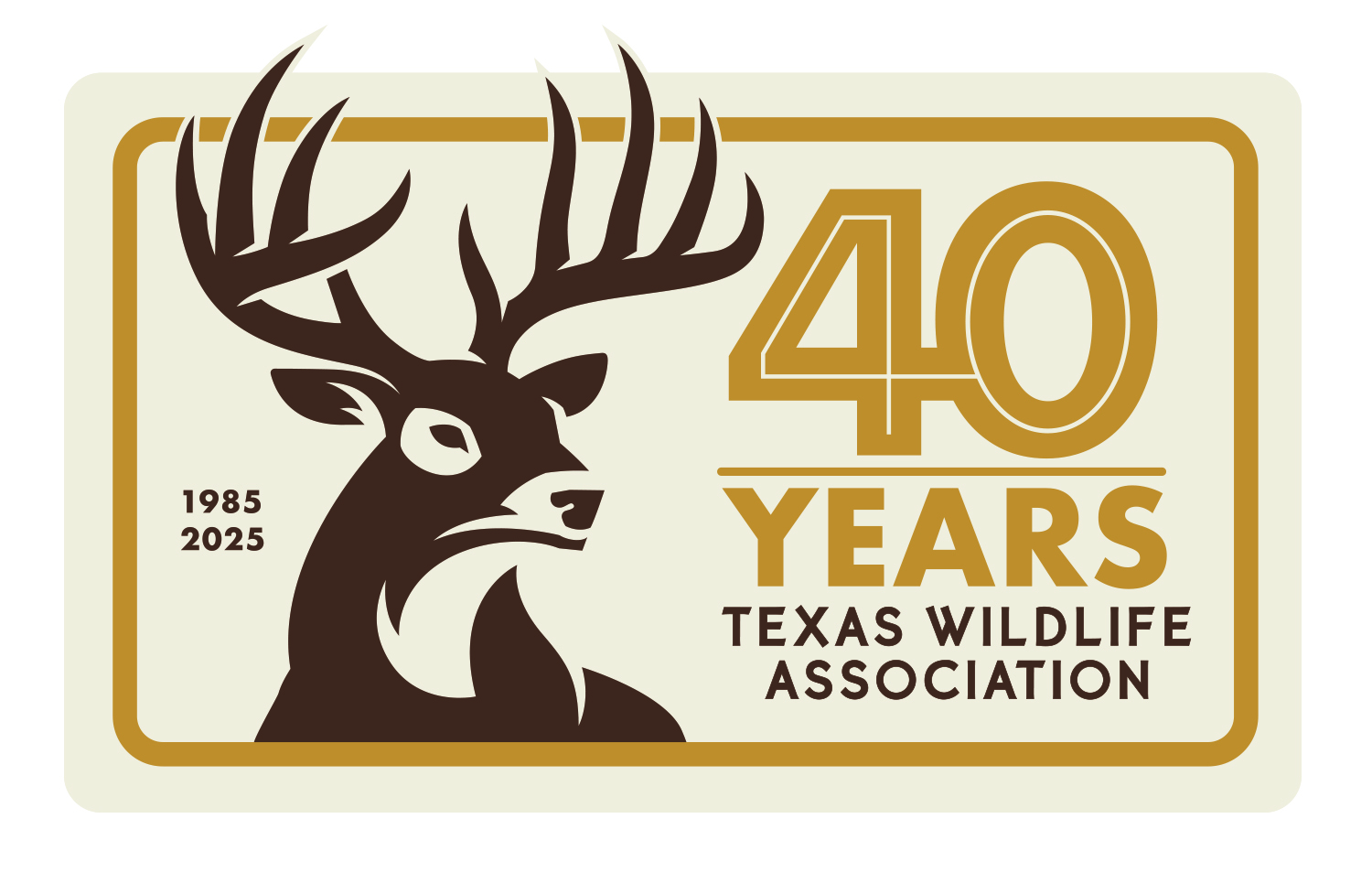
Rainfall Simulator
Rainfall Simulator

Objective
Students will simulate rainfall on different land surfaces and investigate the impacts.
TEKS
- 4: 1A-E & G, 3A-C, 5A-B & D & F-G, 11B
- 5: 1A-E & G, 3A-C, 5 A-B & D & F-G, 11, 12A & C
- 6: 1A-E & G, 3A-C, 5A-B & D & F-G, 11A-B, 12A
- 7: 1A-E & G, 3A-C, 5A-B & D & F-G, 11A-B
- 8: 1A-E & G, 3A-C, 5A-B & D & F-G
Materials
Provided
- PowerPoint
Not Provided
- Two identical watering cans
- Water
- Journals
- Pencils
Vocabulary
non-living
characteristics that help living things adjust or change in order to survive in their environment
animals that are considered to be at the top of the food chain
lives in, or is found in, water
an underground rock formation that is porous (with small holes) to allow groundwater to flow through
all living things require food, water, shelter, and space to survive
the variety of life in the world or in a particular habitat or ecosystem
living
the coloration or design of an animal that allows it to blend in with its environment; an adaptation that makes it very hard to see an animal in its natural habitat
formed from slow changes to the Earth’s surface through many, or sometimes millions, of years of water erosion
steward of water, land, and animals
a living thing that eats mostly meat
several populations living together in the same area
when water vapor in the air gets cold and changes back into liquid to form clouds
protecting the natural resources
a living thing that eats or receives its energy from other living things
an organism such as bacteria or fungus that receives energy by breaking down the remains of once-living things
the dropping or depositing of sediment and/or rocks at a new location
active during the day and sleep at night
a recurring pattern of ecosystems associated with combinations of landforms, wildlife, and plants that characterize that region
all of the living and nonliving things living in an area and functioning as an ecological unit
something required by all living (biotic) things to function
all aspects of an organism’s surroundings
the process of the movement of rocks and sediment from one place to another caused by wind, water, or ice
when a liquid becomes a gas and is transferred from its liquid form to a vapor or gas
a species that has no living members and no longer exists on earth
the path of energy transferred from one organism to another within an ecosystem
an overlapping of food chains
freshwater located underneath the ground in between spaces of rock
the specific environment where an animal lives
a living thing that eats mostly plants
actions that are inherited or passed from a parent to its offspring
characteristics that are inherited or passed from a parent to its offspring
living things interacting and depending on other living things to survive
biotic
a long trip south to overwintering grounds
symbiotic relationship in which both species benefit from the interaction
a living thing such as a plant or an animal that originated from a specific region, area, or place and was not introduced
something found in nature including plants, animals, water, rocks, soil, trees, metal, gas, etc.
abiotic
pollution in which the origin is difficult to determine
depleted when used
collecting information needed for learning by describing objects using one or all five senses or by collecting data using numbers through measuring or counting
young
living thing that eats plants and meat
a single living thing
pollution in which the origin can be identified
the transfer of pollen to a stigma, ovule, flower, or plant to allow fertilization
any substance, such as chemicals or waste products, that enter the air, soil, or water
the grouping of a single species within a given area
the water that falls to the earth as rain, snow, sleet, or hail from cooling clouds that have become heavy with water droplets
an animal that hunts and kills others for food
an animal that is hunted and eaten by another
herbivores that make up the second trophic level of the energy/trophic pyramid
a living thing that creates its own food like a plant
not depleted when used
water that does not become absorbed by the earth and flows across the surface of the land into a stream or lake
small carnivores or omnivores that make up the third trophic level located on the energy/trophic pyramid
solid, liquid, or gaseous states
the responsible planning and management of resources such as land, water, and animals
stay alive
two different species living within direct contact with each other within an ecosystem
large carnivores that make up the fourth level of the energy/trophic pyramid
the position an organism occupies in a food chain
an illustration that shows energy exchanges between trophic levels
a low place between a mountain
the continuous movement of water within the Earth and atmosphere
all of the land area from which water drains into other bodies of water
the process of the breaking up of rock or sediment by moving wind, water, or ice
plants and animals that live in nature without having caretakers
Activity Preparation
- Locate an area outside of the school, preferably where an asphalt or concrete walkway is adjacent to a plot of grass. Note: If the ground is saturated due to recent rains or watering, the demonstration will not work correctly. Plan this demonstration for a day when water will soak into the ground.
- Fill watering cans with equal amounts of water to take outside.
- Review the included PowerPoint prior to using it as part of the lesson. It will provide students with information from #4 of the Discussion section.
- 4: 1A-E & G, 3A-C, 5A-B & D & F-G, 11B
- 5: 1A-E & G, 3A-C, 5 A-B & D & F-G, 11, 12A & C
- 6: 1A-E & G, 3A-C, 5A-B & D & F-G, 11A-B, 12A
- 7: 1A-E & G, 3A-C, 5A-B & D & F-G, 11A-B
- 8: 1A-E & G, 3A-C, 5A-B & D & F-G
Rainfall Simulator
Students will simulate rainfall on different land surfaces and investigate the impacts.
-
Background
-
Discussion
-
Activity
-
Wrap-up
-
Plum Landing – Oliver Takes Out the Trash
01:58 -
Plum Landing – Follow the Water
03:13 -
Extension
Ratings & Reviews

No Reviews Yet
Free
Download to access lesson this semester.
-
Activity Time1 hour
-
Last UpdatedOctober 16, 2025
-
Access PeriodLifetime
Hi, Welcome back!
Topics
Vocabulary
Methodologies
Additional Subjects
None
